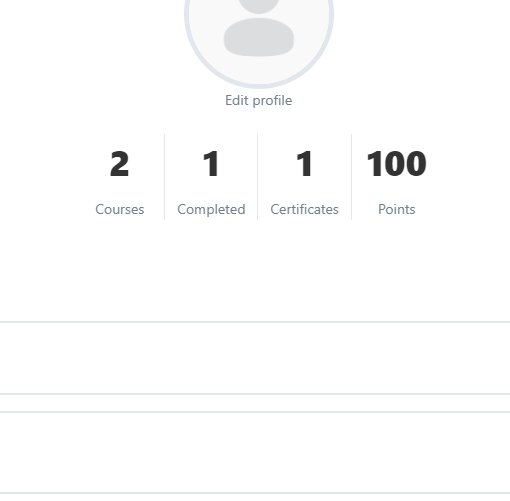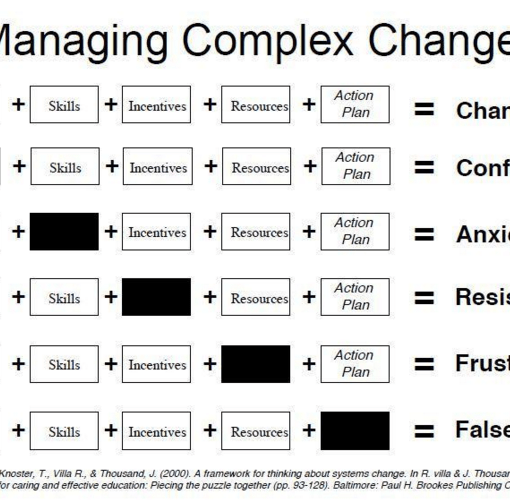A competency is the capability to apply or use a set of related knowledge, skills, and abilities required to successfully perform “critical work functions” or tasks in a defined work setting.
- Competencies define the applied skills and knowledge that enable people to successfully perform their work, while
- Learning Objectives are specific to a course of instruction.
- Competencies are relevant to an individual’s job responsibilities, roles and capabilities.
- Competencies are a way to verify that a learner has in fact learned what was intended in the learning objectives.
- Learning objectives describe what the learner should be able to achieve at the end of a learning period.
- Learning objectives should be specific, measurable statements and written in behavioral terms.
- Learning Objectives say what we want the learners to know, and
- Competencies say how we can be certain they know it
Competency:
Learning objectives from a course that relate to the above competency:
Describe the demographic trends and epidemiological trends related to diverse populations in the United States and abroad
Identify a framework to design culturally competent public health care services for diverse populations
How to write a competency:
1. Begin with a present tense action verb. (Example: Convert meters to points and inches.)
- Content
Use all domains as appropriate: cognitive, psychomotor and affective. - Build the level of learning from the lowest level to the highest level in each domain, e.g., from knowledge to evaluation in the cognitive domain; from imitation to naturalization in the psychomotor domain; and from receiving to characterizing in the affective domain.
- Organize similar knowledge, skill and abilities together into a competency, developing a smaller number of competencies rather than an extensive number of knowledge, skills and ability outcomes.
- Introduce the knowledge, skills and abilities required for transfer to upper division programs, or performance in career.
- Relate competencies to prerequisites and general education requirements.
- KNOWLEDGE Recognition and recall of facts and specifics EXAMPLES: Define Describes List State
- COMPREHENSION Interprets, translates, summarizes, or paraphrases given information EXAMPLES: Convert Infer Rewrite
- APPLICATION Processes information in a situation different from original learning context EXAMPLES: Demonstrate Relate
- ANALYSIS Separates whole into parts; clarifies relationships among elements EXAMPLES: Diagram Outline Illustrate
- SYNTHESIS Combines elements to form new entity from original one EXAMPLES Compile Compose Design
- EVALUATION Makes decisions, judges, or selects based on criteria and rationale EXAMPLES: Compare Contrast Justify
- COGNITIVE DOMAIN
- IMITATION Observes skill and attempts to repeat it
- MANIPULATION Performs skill by instruction rather than observation
- PRECISION Reproduces a skill with accuracy, proportion, and exactness; usually performed independent of original sources
- ARTICULATION Combines more than one skill in sequence with harmony and consistency
- NATURALIZATION Completes one or more skills with ease; requires limited physical or mental exertion
- RECEIVING Listening passively. Attending to EXAMPLES: Ask Name
- RESPONDING Complies to given expectation; shows interest EXAMPLES: Answer Recite
- VALUING Displays behavior consistent with single belief or attitude; unforced compliance EXAMPLES: Complete Explain Justify
- ORGANIZING Committed to a set of values as displayed by behavior EXAMPLES: Integrate Adhere
- CHARACTERIZING Total behavior is consistent with values internalized EXAMPLES: Qualify Modify Perform




